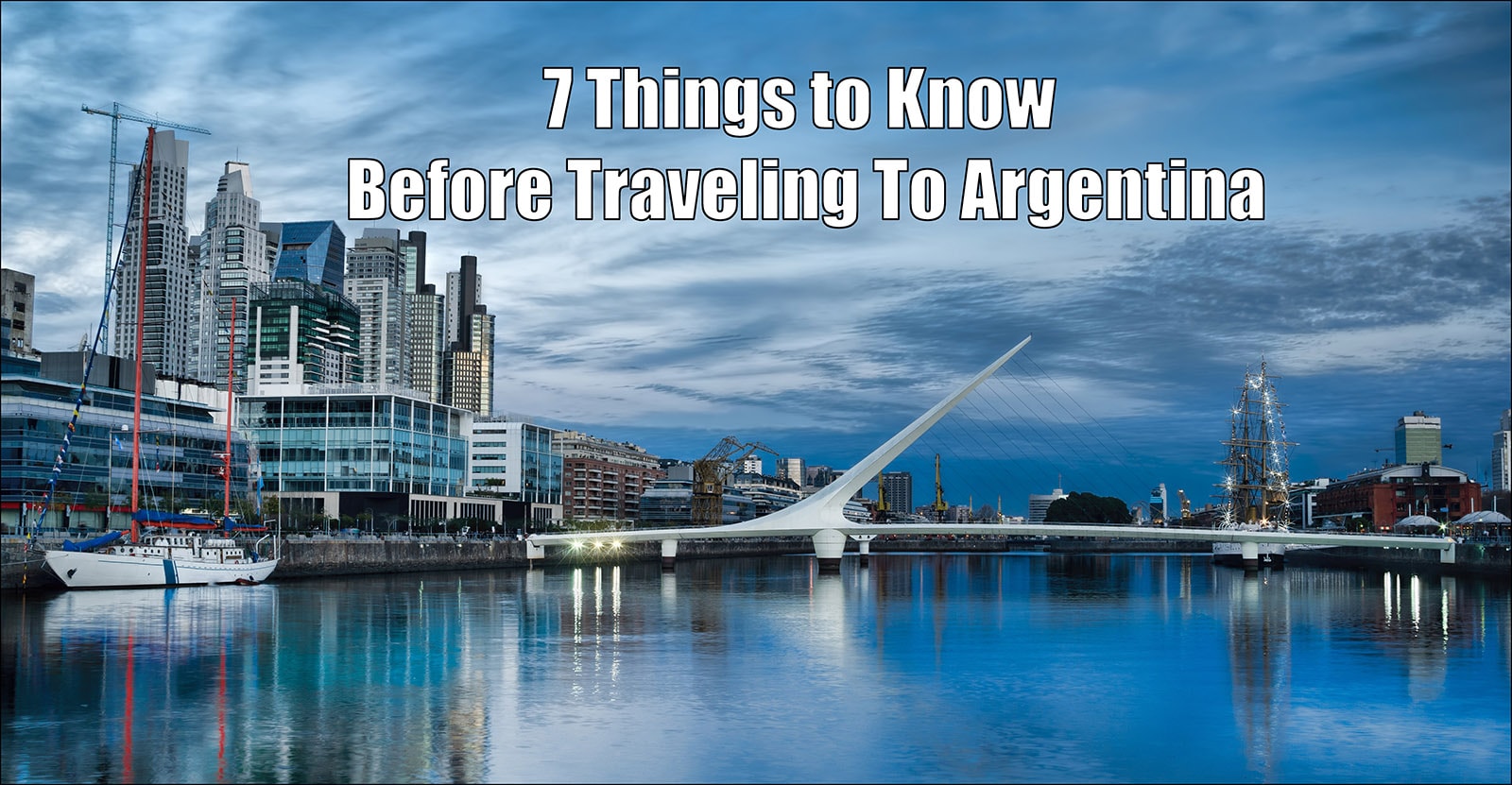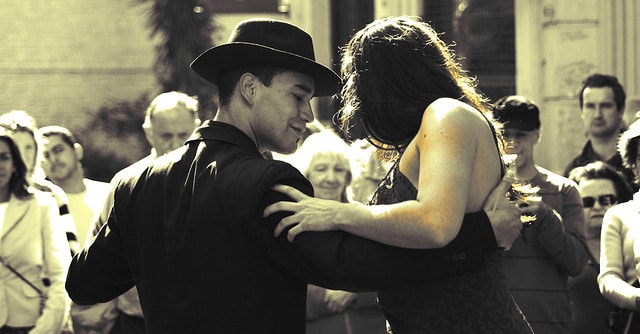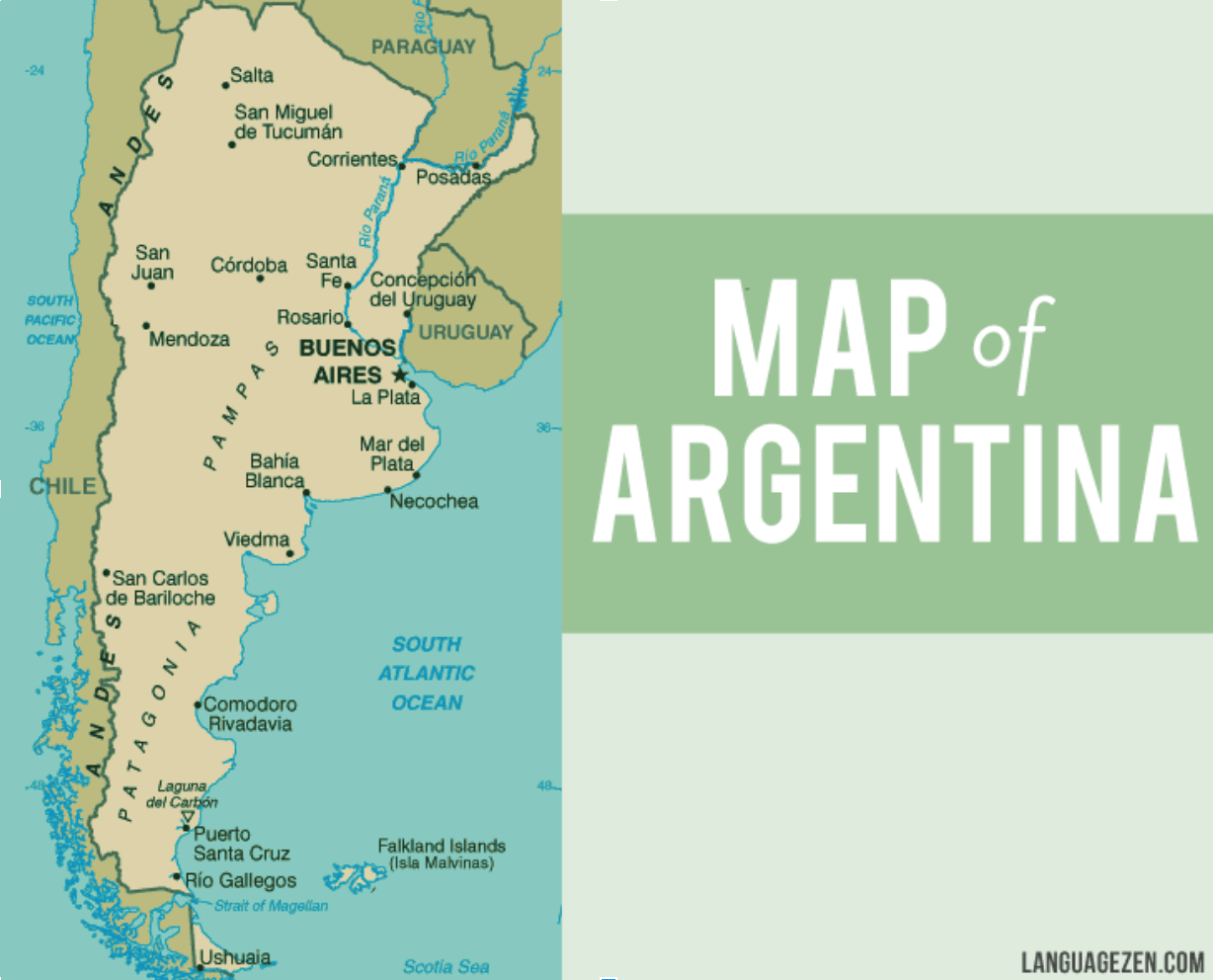
With world-class steak, wine, and a capital city that’s sometimes compared to Paris--it’s easy to understand why Argentina is such a popular destination. (And don’t forget the Argentinian football team, the Andes, and the tango.)
There’s much to see and do in this lush, culturally-rich country. Here are a few tips to make the most of your trip:
1. Take your time. It’s part of the culture.

You know the saying, “time is money?” That’s an American idiom--and it’s definitely not true in Argentina. It’s a place to sit back, prop up your feet, and get a feel for your surroundings. Don’t feel pressured to hop from landmark to landmark. Argentina is meant to be savored slowly, like a good steak.
2. Meat-lovers, prepare to meet your match.
Speaking of steak, Argentina is known for it. Really, you’ve never eaten steak until you’ve eaten it in Argentina, where it’s called “Bife de chorizo.” In case that isn’t binge-worthy enough, the country is also known for “asado,” which is amazing Argentine barbecue.
That being said, Argentina has a lot to offer in other areas of cuisine. Many Argentines are descended from Italian, British, German, and Jewish immigrants--so pizza, sauerkraut, and even scones can be found at certain restaurants. (These are often made with a local, Argentinian twist, though, so prepared to be amazed.)
3. Welcome to the Deep South.

Not that Deep South. The real one.
Though...if you think about it, there are similarities. Argentina boasts cowboys (gauchos) and banjos. Fried chicken is a bit of a local comfort food (milanesas de pollo). And if you think the Louisiana bayou is something, you should see Argentina’s Iberá Wetlands.
But in many important ways, the two places are not the same.
As you can see in our Argentina map, the country is located deep in the Southern Hemisphere, which means that the seasons are flipped. When it’s winter above the equator, it’s high summer in South America.
So, the next time you’re freezing, remember that South Americans are probably enjoying a toasty, sun-bathed day. You’re welcome.
4. Learn Argentine pronunciation.

If you’re going to Argentina, be prepared to throw out some of your typical Spanish pronunciation. Argentina is known for a distinctive brand of Spanish--called “Castellano” (caste-zha-no).
Now, if you accidentally forget to use the Castellano pronunciation, rest assured that people will be able to understand your Spanish anyway. But, here are some differences you can expect to hear:
- In Castellano, the double “ll” is pronounced as a “zh.” (Does “zh” sound hard to say? It’s not. Just think of the “s” in the English pronunciation of “vision.” It’s a very soft sound, almost a “sh.”) An example word: llamo (zh-ah-mo)
- When there’s an “S” at the end of a word in Castellano (such as “querés”), it’s often dropped. So, “querés” would be pronounced more like “queréh.”
Want to learn some other slang? Just for fun:
- “Gomía” is slang for “friend.” (It’s an inversion of “amigo.”)
- “Mira vos!” It’s a lot like saying “wow.” The word, “vos” is used often in Castellano, often replacing the word “tú.”.
- “Todo bien che?” That’s a common way to ask “how are you?” in Argentina. (Notice the “che” part? That’s another extremely common word. It’s similar to saying “dude” or “pal.”)
- “Bajá un cambio” is usually translated to “slow down,” but the meaning is more on-par with “chill out.”
- “Mala leche” means “bad luck.” (Literally, it’s “bad milk,” but if you’ve tasted bad milk, you know it’s nasty and you’ve had some bad luck to drink it.)
- “Feca” is slang for “coffee.”
If this all sounds overwhelming, just keep in mind this tip from our friend and fellow-polyglot, Ofir:
“The moment you hear a word you don’t understand, you’ll have the tendency to stop and try to understand it--and you’ll lose the rest of the sentence.” So don’t sweat the small stuff. If you hear a word that sounds strange, just keep going. Let context help you comprehend the meaning.
5. Wine? ¡Sí!

Where there are incredible mountains, there are also incredible valleys--which means wine country. Mendoza Province lies in the shadow of the Andes mountains, and it’s famous for producing one-of-a-kind Malbec wine.
Of course, you don’t need to travel to Mendoza to drink the wine. You’ll find it served in restaurants throughout Cordoba, Buenos Aires, and other cities.
Find a vintage red that pairs with a plate of empanadas, and all you’ll do is win.
6. Treat your money nicely.

Paper money in Argentina is famous for being worn out, so prepare to handle the bills carefully lest they crumble in your hands. Know that if you run out of the paper stuff, you can access more at ATMs (cajeros automáticos), but they’re not always easy to find. It’s best to ask a local where the ATMs are located near your hotel or hostel.
Of course, this is easier if you’ve considered tip #7...
7. Speak Spanish.
----
We’re not saying you should be fluent before you travel--but your travels will be richer if you can communicate.
Language Zen teaches you the most important words first--the stuff you’ll need to know as soon as you touch down in Argentina. (We’re not selling it to you. You can use Language Zen every day for free.) Since Language Zen personalizes the learning experience to fit you, you won’t waste any time. Click to start learning Spanish.